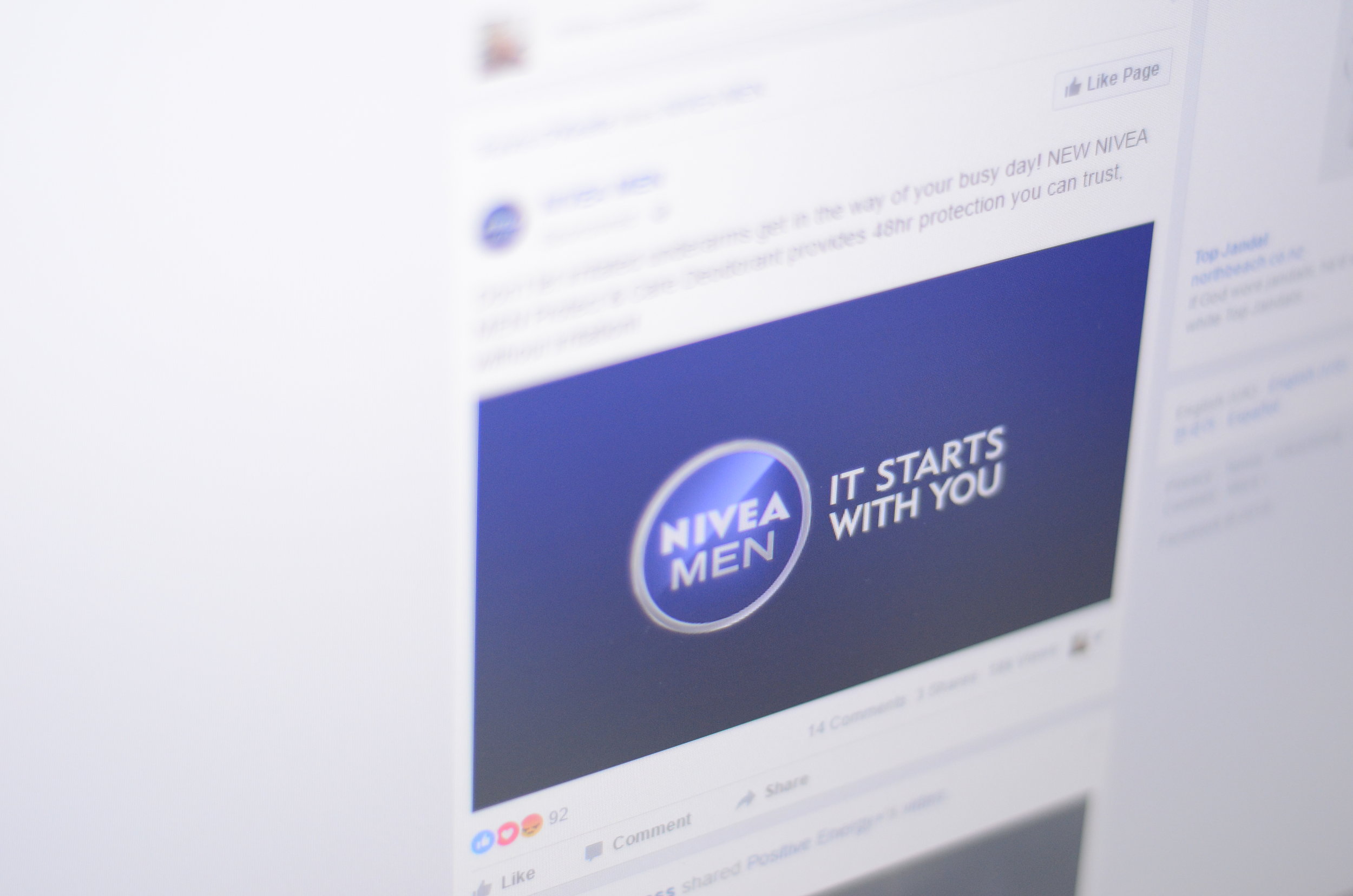Team MOquestra finished up with a grand total of $3,180. A great example of team work, rallying the support of friends and family and spreading that amazing feeling of giving.
The Cloud: Pack your parachute for a smooth landing
Four ways to bring Christmas cheer to your customers
API Days: opening the door to new strategies
Attending the API Days NZ Conference recently gave me the opportunity to learn the API journey of several successful companies, and how they came to be where they are today.
Ian Randall, a software engineer at Pushpay, presented ‘APIs at Pushpay – A Continuous Delivery Story.
Ian described the PushPay API store from the beginning to its current position. Starting from one API, they eventually split into two: public and mobile. The mobile API is for internal company use only, with the amount of data used always kept at a minimal level – the only data transferred is what a client needs.
Ian also spoke about Pushpay’s delivery approach. Changes are pushed to production at least six times per day. The development team and the test team are fully integrated, allowing for the efficient resolution of any issues raised during testing.
Barak Chamo, a London-based developer, introduced us to GraphOL, a new technology which is leading to a new language.
Originally developed by Facebook for its mobile applications, GraphOL became open source in 2015. It brought a paradigm shift in the way we approach data transfer, from the front to back-end of applications.
Instead of using predefined data and response structures, a developer can declare a graph form of a data model, and request data in its object form in a JSON-like syntax. GraphOL also makes things easier, without the need to maintain v1, v3, and v100 or APIs to ensure legacy versions are supported. GraphOL queries always return predictable results. Send a GraphOL query to your API and you get exactly what you need – nothing more and nothing less. If more than one object is required, GraphOL queries follow the references between the resources, retrieving multiple objects in a single request. This means applications which are GraphOL-based are fast, even on slow mobile network connections.
The only disadvantage is GraphOL is a brand new language API developers need to learn – or is that actually another advantage?
Abhishek Tiwari is a lead software engineer at Isentia, and spoke about legacy code API transformation journey.
Due to one-time, one-place processing and isolation of business rules, stored procedure has been used as a de facto standard for application to access and manipulate data. But if you have a legacy code with most of the business logic imbedded into it, you can still develop API against the stored procedures considering them as a variation of Functions as a service (FaaS).
A function in FaaS is a self-contained piece of reusable functionality, which makes them similar to stored procedures. This means stored procedures can be converted one by one into FaaS functions to be executed via API endpoints.
API days presented a wide and informative range of new technologies, together with approaches to using these new technologies. We were able to see ways to enhance the API build process and get new features into production quickly and safely. There were ideas on how businesses use APIs by mixing new and old technology to enable them expand the capabilities of legacy systems through APIs, without the need to reengineer or rearchitect much of what is already in place.
While API itself is not new, it has recently turned into a key tool. It could be compared with a door. For a developer, it is a door into the software program - APIs allow interactions without need to share the code. For a business, it is a door to the leading products market, which turns competitors into partners.
It’s time to open the door.
API Days meet the Simpson Paradox
Growing for a cause
PWC Total Retail 2016
The what, who and why of social commerce
After reading recently that Twitter is ditching its buy button, and the launch of Facebook Marketplace in NZ I thought I’d share my thoughts about what is happening in this new and evolving space.
What is Social Commerce?
In its broadest sense, social commerce is about harnessing social media, content and user interactions to facilitate the buying and selling of products and services via retailer’s ecommerce site. It’s important to recognise “omni channel” extends to social media and be diligent about being consistent with your brand in this channel. Integrating your website with key social media platforms, as with the Infinity webstore, is clearly a fundamental.
Next generation social commerce is about taking social commerce one step further and enabling consumers to compete the transaction inside the social media platform.
According to a study by WEB in 2014 Social Commerce accounted for just 0.1% of retail sales so while size of channel is small there is significant potential for growth.
Who's doing it?
It would seem that Facebook, Pinterest, Instagram and until recently Twitter are leading developments in this space.
With Facebook, retailers can create ‘Shop Now’ stores which enable them to sell and manage orders from that page. Pinterest released Buyable pins last year and Instagram has launched a dedicated Instagram shop where followers can purchase products seen in Instagram posts.
Is it relevant?
It goes without saying that Social Media platforms have significant reach and engagement and are a fundamental part of the buying journey, so it would make sense that the next logical step would be for consumers to purchase via social networks directly and for their likes and shares to become buys. Well yes and no.
A recent study (Wikipedia) suggests only 2% of Facebooks 1.5 BILLION users have ever made a purchase through the social network and Twitter buy button obviously didn’t gain much traction.
The three top rated social media platforms rated for commerce by users - would they buy while online?
It would seem (Research recently undertaken by Marketing Week), that consumers are at this point of time are not that keen on buying directly through social media platforms. When asked “if it was possible, would you like to purchase directly from Social Media sites, the highest ranked was Facebook with only 19% of respondents saying yes, next was Twitter (10%), Instagram (9%), Pininterest (7%) and Snapchat (5%).
Conclusion
My conclusion is that while consumers love to research, share, like and engage with brands via social media, at this point there is lack of purchase intent and that they are there for other reasons than shopping. However, in saying that social media usage and uptake has been significant (especially amongst millennials) so it would seem it will only be a matter of time until we are want to buy directly via social platforms. Watch this space.




















